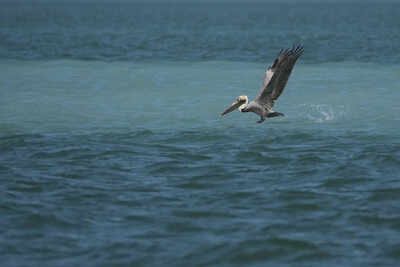Asteroid 2024 YR4: A Close Encounter with Earth and its Potential Impact on the Moon

A recently discovered asteroid, designated as 2024 YR4, is on a collision course for a close encounter with Earth, and intriguingly, it could even strike the Moon. Astronomers have utilized the Keck Observatory located on Maunakea, Hawai'i Island, to delve deeper into the characteristics of this massive space rock and to unravel its turbulent origin story.
This asteroid, which measures between 174 and 220 feet (53 to 67 meters) wideroughly the size of a ten-story buildinghas been identified as potentially hazardous. Initial assessments from the Asteroid Terrestrial-impact Last Alert System (ATLAS) in Chile detected asteroid 2024 YR4 on December 27, 2024. Following its discovery, NASA classified it as a potentially dangerous object, estimating a nearly 3% chance of it colliding with Earth on December 22, 2032. However, after further calculations and observations, NASA later cleared the asteroid from its risk list, indicating that it posed a near-zero threat to our planet.
Despite Earth being in the clear, the Moons fate remains uncertain. NASAs Center for Near Earth Object Studies has recently updated the likelihood of asteroid 2024 YR4 impacting the Moon, raising the odds from 1.7% to 3.8%. This assessment was made possible through new data collected via the James Webb Space Telescope and additional observations conducted by ground-based telescopes.
Should asteroid 2024 YR4 collide with the Moon, it wouldn't disrupt the Moons orbit, but it would leave behind a significant impact crater. Bryce Bolin, a research scientist with Eureka Scientific and lead author of the study set to be published in The Astrophysical Journal Letters, stated, Its one of the largest objects in recent history that could hit the Moon. If it does, it would provide scientists a rare opportunity to study the relationship between an asteroid's size and the diameter of the crater it formsknowledge we haven't been able to gather directly before.
The asteroid's unique characteristics were unveiled through this investigation. Bolin highlighted that the asteroids shape offers clues about its formation and structural integrity, which is vital for determining the necessary strategies for deflecting it if it were ever deemed a threat. The observations revealed that the asteroid has a flattened, irregular form and shares a density similar to that of solid rock. Additionally, it spins in a retrograde direction, completing a rotation approximately every 20 minutes.
Asteroids of this sizethose measuring over 100 meters (328 feet)are often referred to as rubble piles. These are fragments that have broken away from larger parent asteroids following collisions, resulting in loosely held clusters of debris. At its smaller scale, 2024 YR4 may have originated as a boulder sitting atop a larger rubble pile, indicating its potential past.
In their study, the research team also examined the asteroid's orbit, discovering that it likely came from a region between the inner and central main belt of asteroids, which lies between Mars and Jupiter. Earth-crossing asteroids typically emerge from the inner region of the main belt, and as their orbits evolve over time, they can be redirected onto paths that bring them closer to Earth.
The unique retrograde spin of asteroid 2024 YR4 suggests that it may have originated from the central main belt and drifted inward, contributing to its atypical characteristics compared to other celestial objects that intersect Earth's orbit.
When first identified, asteroid 2024 YR4 was situated approximately 515,116 miles (829,000 kilometers) from Earth. Since then, it has continued to move away, with its next significant close approach not expected until December 2028. Ground-based telescopes from the International Asteroid Warning Network are currently monitoring the asteroid, but it is anticipated to become too faint for observation until June 2028. Thus, timely observations from the Webb and Keck observatories have proven essential for collecting vital data ahead of it becoming more difficult to track.
The data from our study will be instrumental in assessing the physical properties and shapes of potentially impactful asteroids, providing a critical case study in the rapid response observations needed to characterize possible threats like this one, Bolin emphasized. Understanding an asteroid's physical makeupwhether it is a rubble pile or solid rockis crucial for planning any necessary mitigation efforts.


























